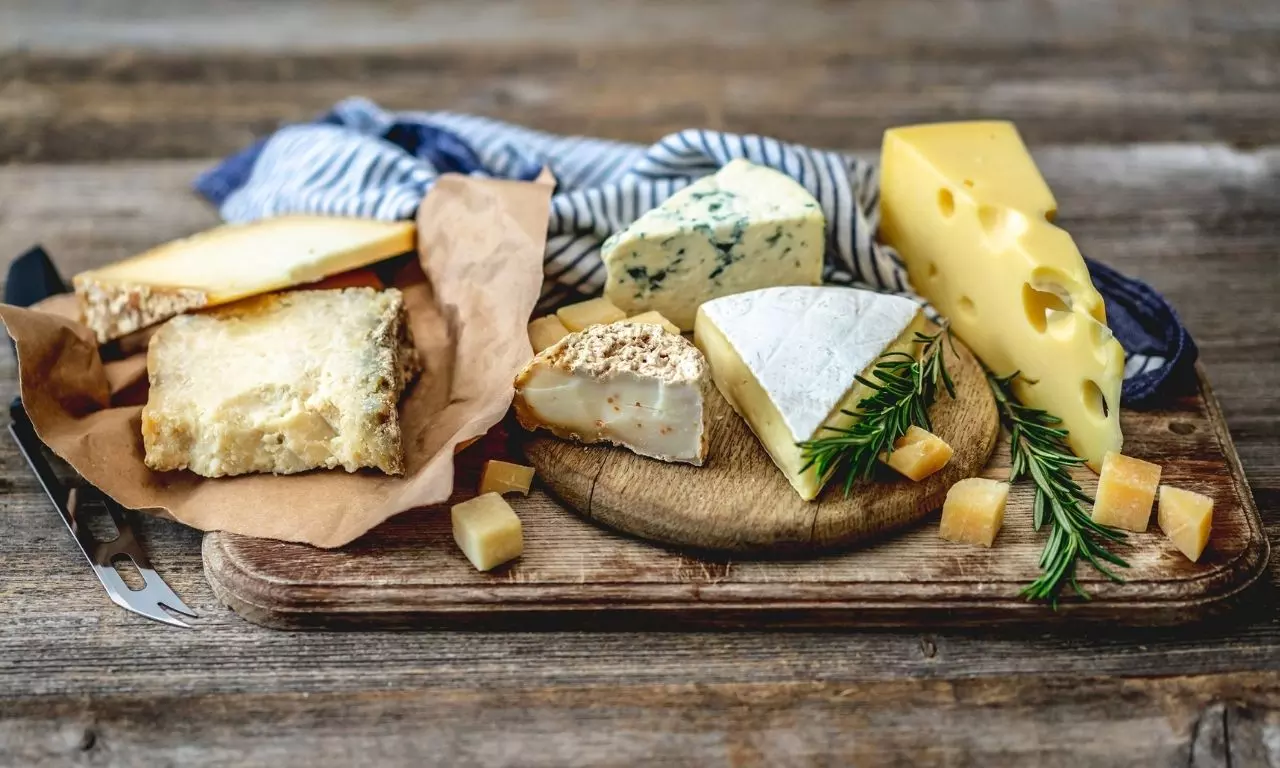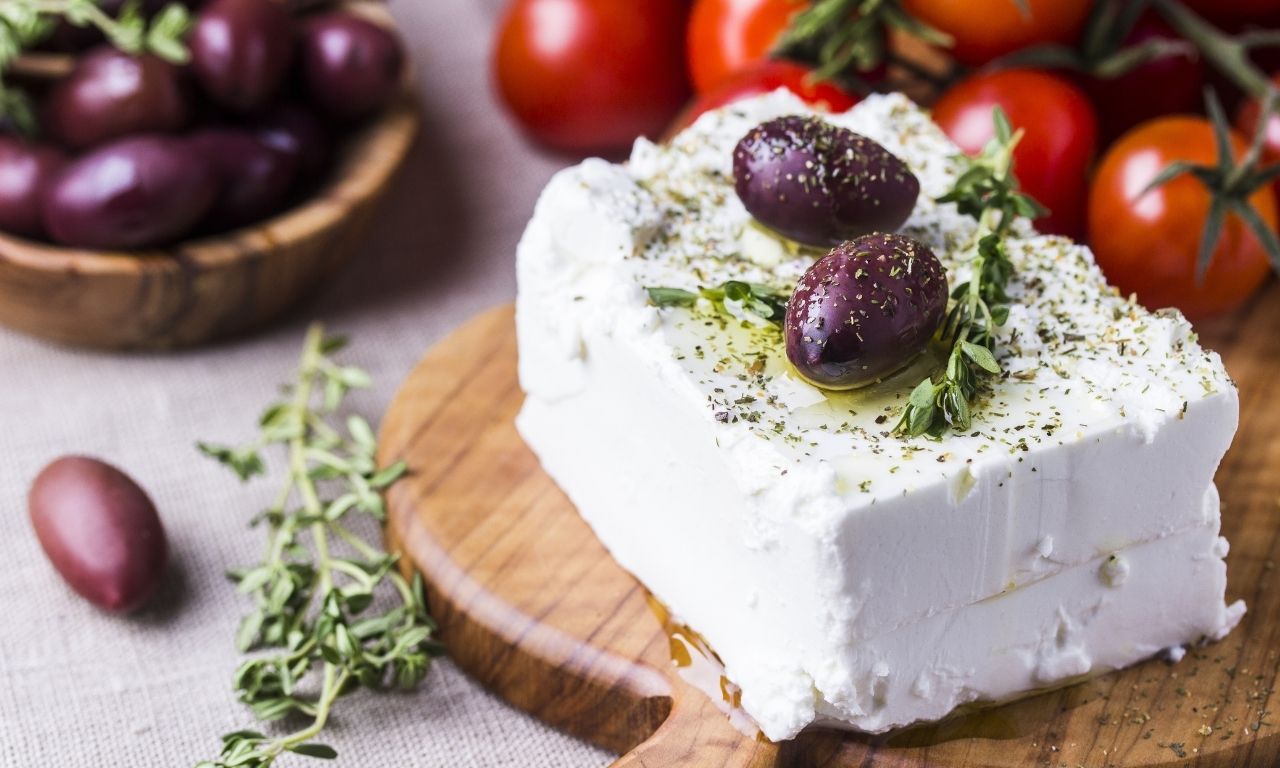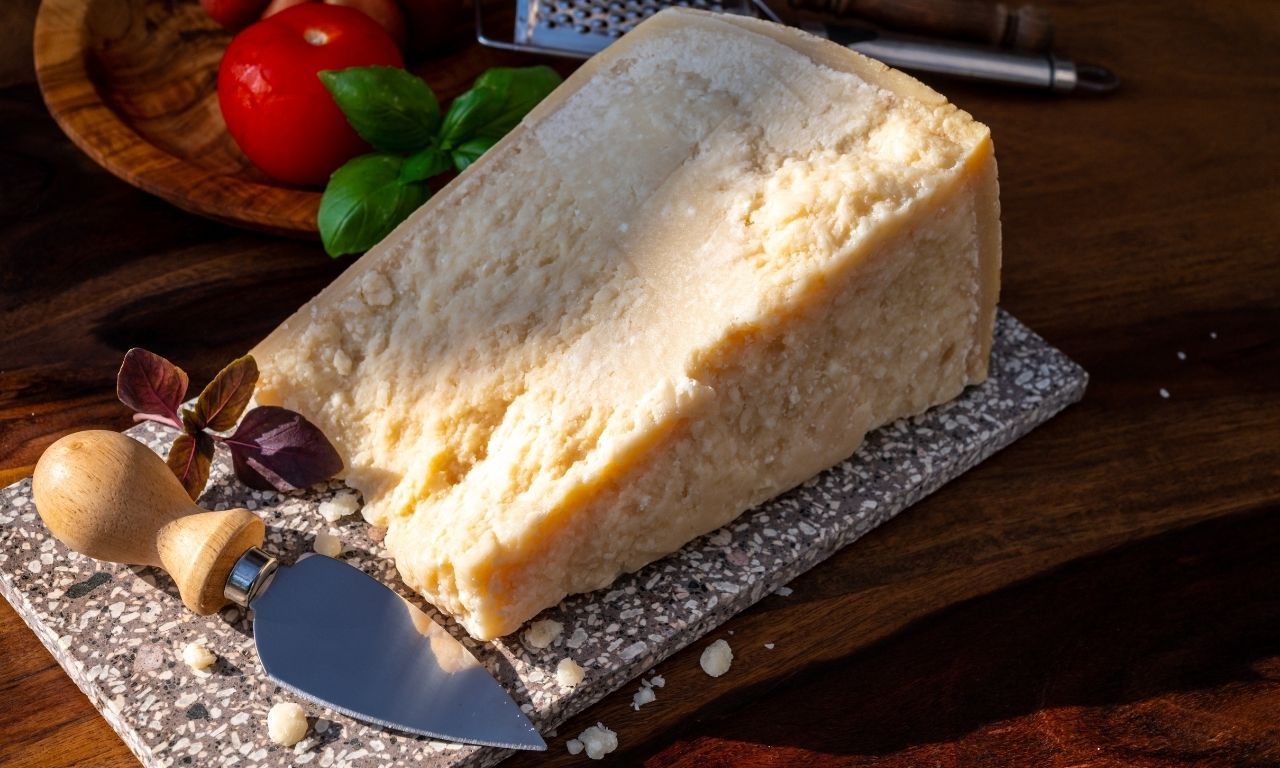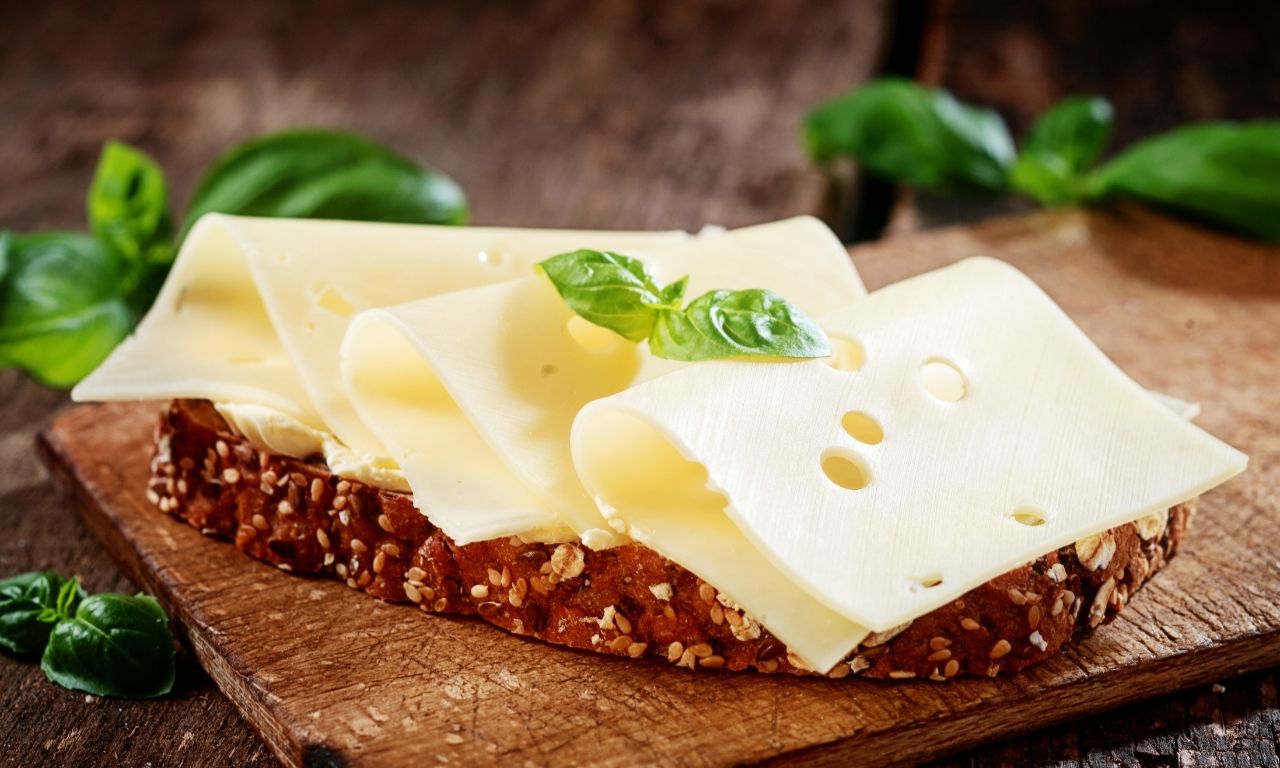The ultimate starter kit to all types of cheeses (and what to pair them with)
Come explore the wide, wild and beautiful world of cheese with us;

When you hear the word cheese, what is the first thing that comes to mind? An intricately set up charcuterie board (that has taken over the internet recently), molten goodness flowing out of a roly-poly burrata or good 'ol mozz on a pizza? Whatever it may be, it can be difficult to navigate the wide world of cheese that's brimming with all kinds of cheeses made with different kinds of milk and in different regions of the world. Keeping up with the array of styles, textures and flavours can be hard. So, if you're new to this world, we have just the starter kit for you. Take a look.
Fresh Cheese

Soft and rindless, these are crafted within a day and taste best when they are consumed within a few days of being made. They are created by allowing milk to curdle naturally. These cheeses have a very high moisture content, often more than 60% and dense textures that can vary from runny to creamy. Feta, chevre, buffalo mozzarella and fromage frais are some of the many soft, spreadable kinds of cheese with mild flavours that are consumed all over the world.
Hard Cheese

As the name suggests, this type of cheese is firm in nature. The production of this type of cheese involves separating and draining most of the whey before pressing the curd, which is then brined to create a hard rind. Their moisture level ranges between 35% to 45% and they are dense and complex, with strong notes of sauteed butter. Parmigiano-reggiano that ages for at least 12 months is the most commonly known hard cheese along with pecorino, manchego and Grana-Padana. You can add hard cheese to your pizzas, vegetables and quiches, or have it plain! No one's judging.
Semi-Hard Cheese

These cheeses are sweet, buttery and rich with the perfect amount of moisture. They require additional steps in the fermentation and ageing process. Often dense in consistency, these cheeses are made by compressing curds into a solid, draining them of any remaining whey. They are aged for about one to six months. Some of the popular cheeses in this category are cheddar, gouda, havarti and gruyere and they all stand out best when served with fresh fruits or when paired with a glass of wine.
Soft Cheese
The insides of these cheeses are neither pressed nor cooked. They have a creamy, velvet-like texture and a mild, buttery taste with moisture levels varying between 50% to 60%. They are produced by adding a white mould culture to the curd, causing a white bloom to grow on the surface. The cheese then ripens for 4 to 9 weeks. A favourite among the millennials, these cheeses are often found on cheese boards. Some of the popular ones are brie and camembert that are loved for their rich, mild and creamy appeal. You can pair them with berries, nuts or a glass of sparkling wine.
Blue-veined Cheese
As the name suggests, these cheeses come with bluish veins that furrow the interior. They are similar to soft or semi-soft cheese, except you incorporate penicillium candidum with the curdled milk. Oxygen must reach on the insides of the cheese for it to turn blue and this is often done by piercing the cheese with needles or skewers. The blue mould then matures, developing flavour as it ages. And they take about three to six months to mature. The character of a true blue (pun intended) cheese is determined by the moisture content in them. Some of the popular blue cheeses are gorgonzola, roquefort, castello creamy blue and Danish blue. Blue-veined cheeses are usually paired with fruits and nuts or eaten plain. Commonly consumed in France, England and the United States, you can add blue cheese to your sauce to give it a tangy flavour or serve it with cooked meats and pasta.

